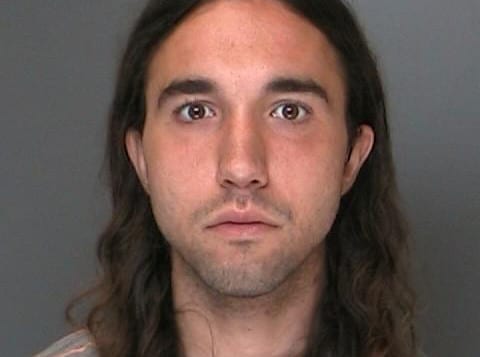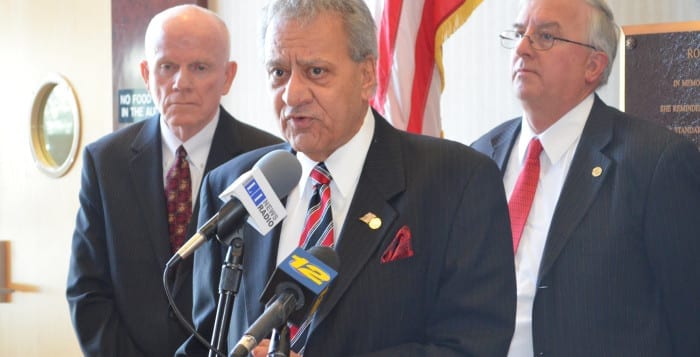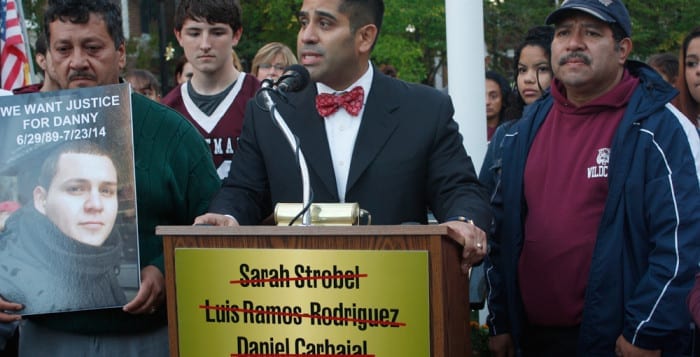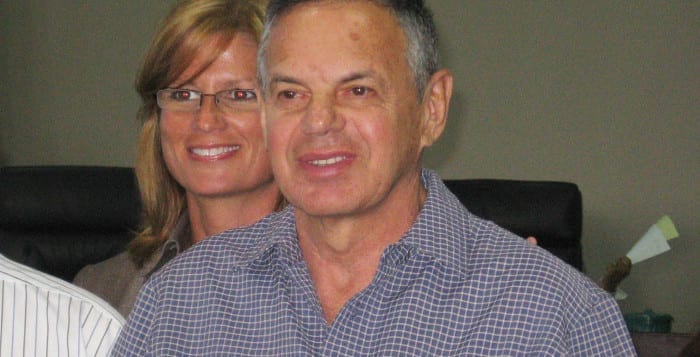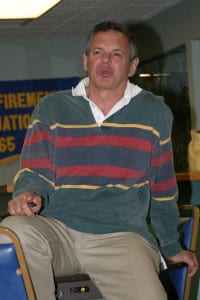A boys’ baseball team I coached recently lost a game in such an excruciating fashion that I couldn’t rely on all the standby coach catchphrases.
“We’ll get ’em next time,” would fall flat, especially when we had them for the taking. We were up by two runs and were in complete control of the game until the final outs.
“Hey, this one’s on me.” That’s nice and can work in deflecting any possible blame, but the kids generally don’t buy into it. If they believe it, it also sets a dangerous precedent for future losses.
“Hey, coach,” they might ask at the end of another game. “This one’s clearly not on you, right? Isn’t it Johnny’s fault?”
Those final three outs never happened. What made the game even more difficult to swallow was that the other team didn’t put a single ball in play in their final at bat. Four walks, a hit batter and a few wild pitches later, we were done.
We trudged to left field for the postgame analysis and pep talk.
“Hey,” I said. “Look, uh, this is one game, right?”
I could see it in their eyes: “Weak and feeble, coach. You’re going to have to do better than that.”
“You know, we did a lot right this game.”
“Who cares,” their sullen, downcast eyes indicated.
“We lost.”
“OK, well, we can’t win them all.”
I didn’t even need to look at them to know what they were thinking. I was thinking it, too, as the words came dribbling out of my mouth. “Seriously? You’re going with that?”
“Boys, I know you all did your best.”
Their eyes moved to their parents, as if they were saying telepathically: “Get me out of here, I want to go home.”
“Hey,” I said, a small smirk on my face. “Guys, who saw Joey’s slide at second today? Was that the ugliest thing you’ve ever seen?”
Joey had wandered too far from second and would have been out if the pitcher had thrown the ball to the second baseman. When the second baseman had to move a few feet from the base, Joey dove back head first and landed flat on his chest, a yard short of the base. He crawled on his hands and knees across the dirt to the base, arriving just in time to beat the second baseman’s tag.
“That was funny,” several of them seemed to say. Joey, you see, is a bit sensitive so that comment could have been dangerous. Even he, however, offered a small smile. It was an absurd moment to savor. And, fortunately for us, he was safe, so laughing about it was probably safe.
In that final, fateful, painful inning, the first pitcher walked two and hit a batter, sending the tying run to second and the winning run to first. I brought in a tall relief pitcher who promptly walked another two batters. A wild pitch later, the game was over.
“Fred, do you know why I put you in there at the end of the game?” I asked.
“Because you believed in me?” he offered hopefully.
“Well, sure, but the real reason is that you’re much taller than me.”
Again, I was reaching for the absurd. No one looked at their parents.
“Yeah, you see, it’s not right for a 12-year-old boy to be taller than his coach. I needed to cut you down to size.”
The grin spread quickly across his face, as well as those of the other four boys who look down on me.
No, it wasn’t in the playbook, but it worked.

